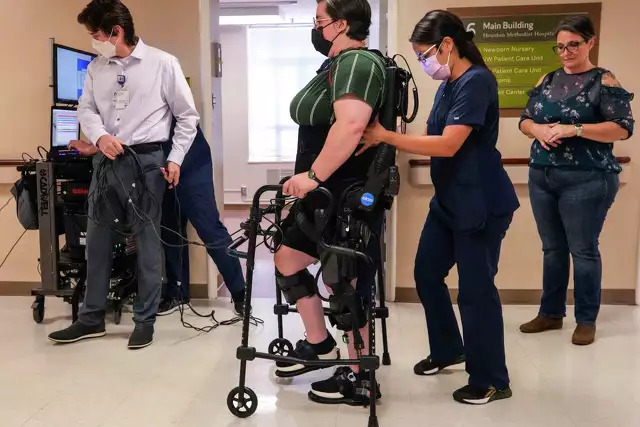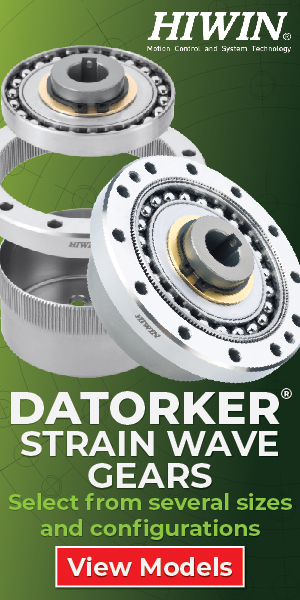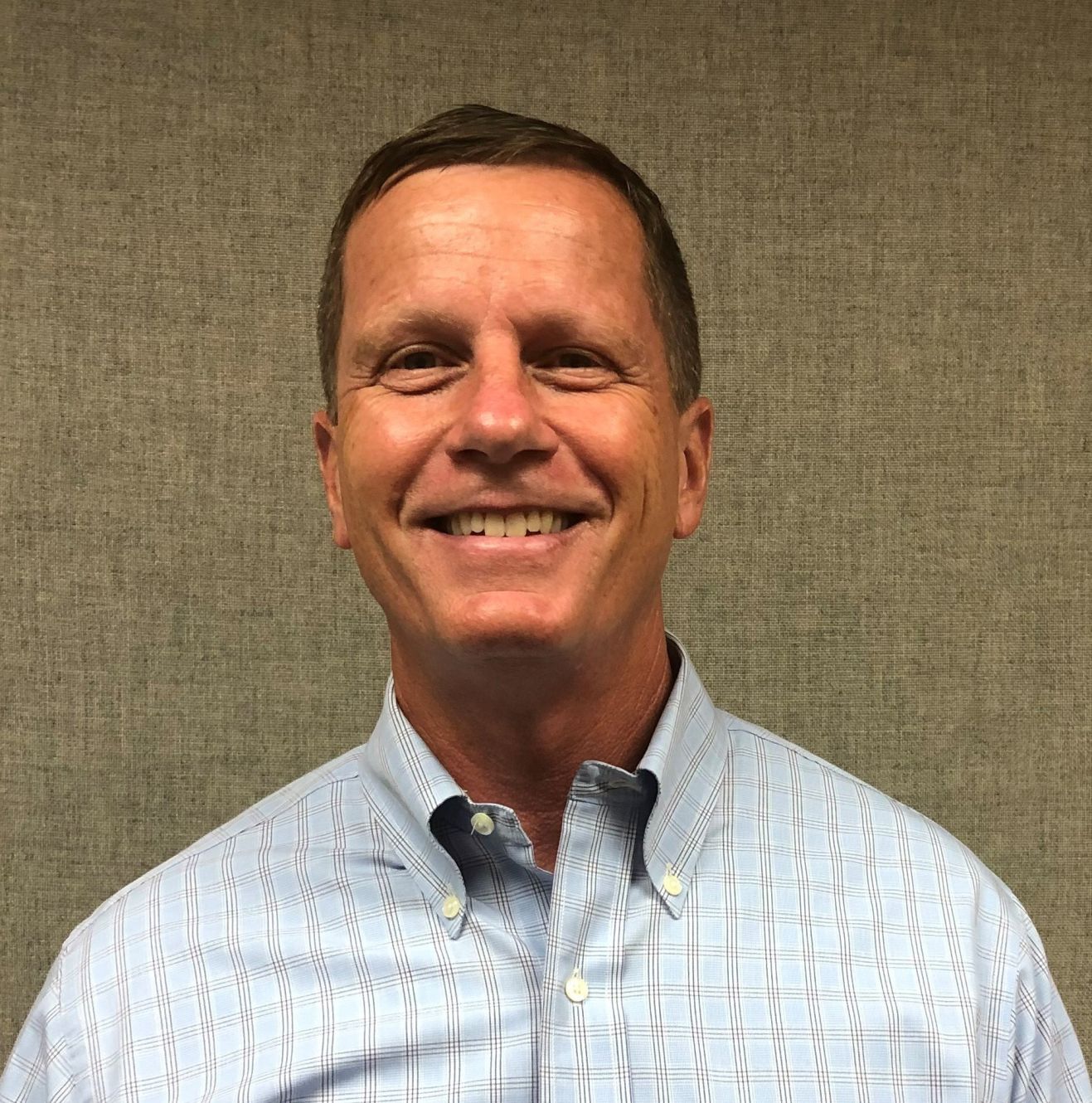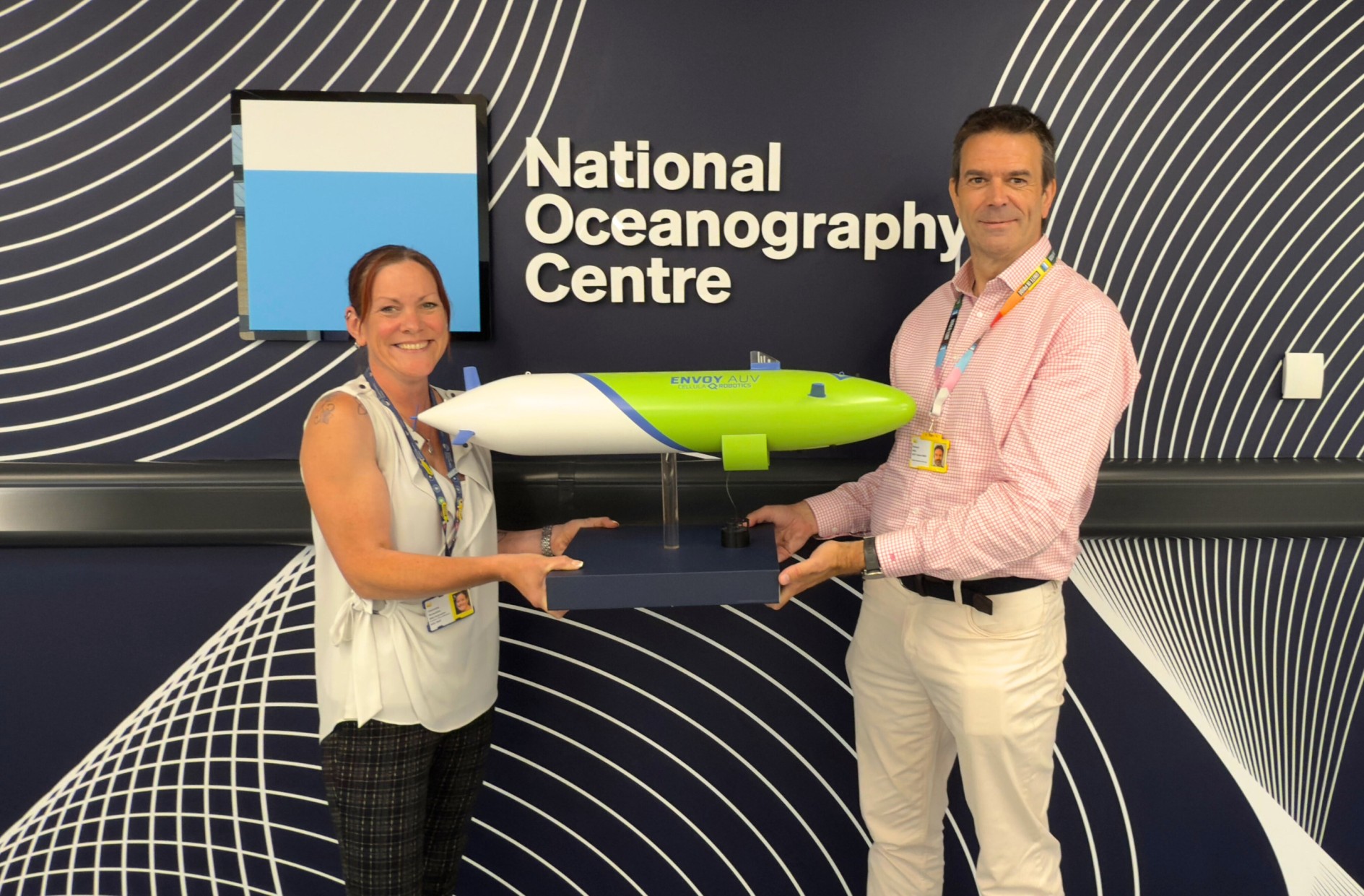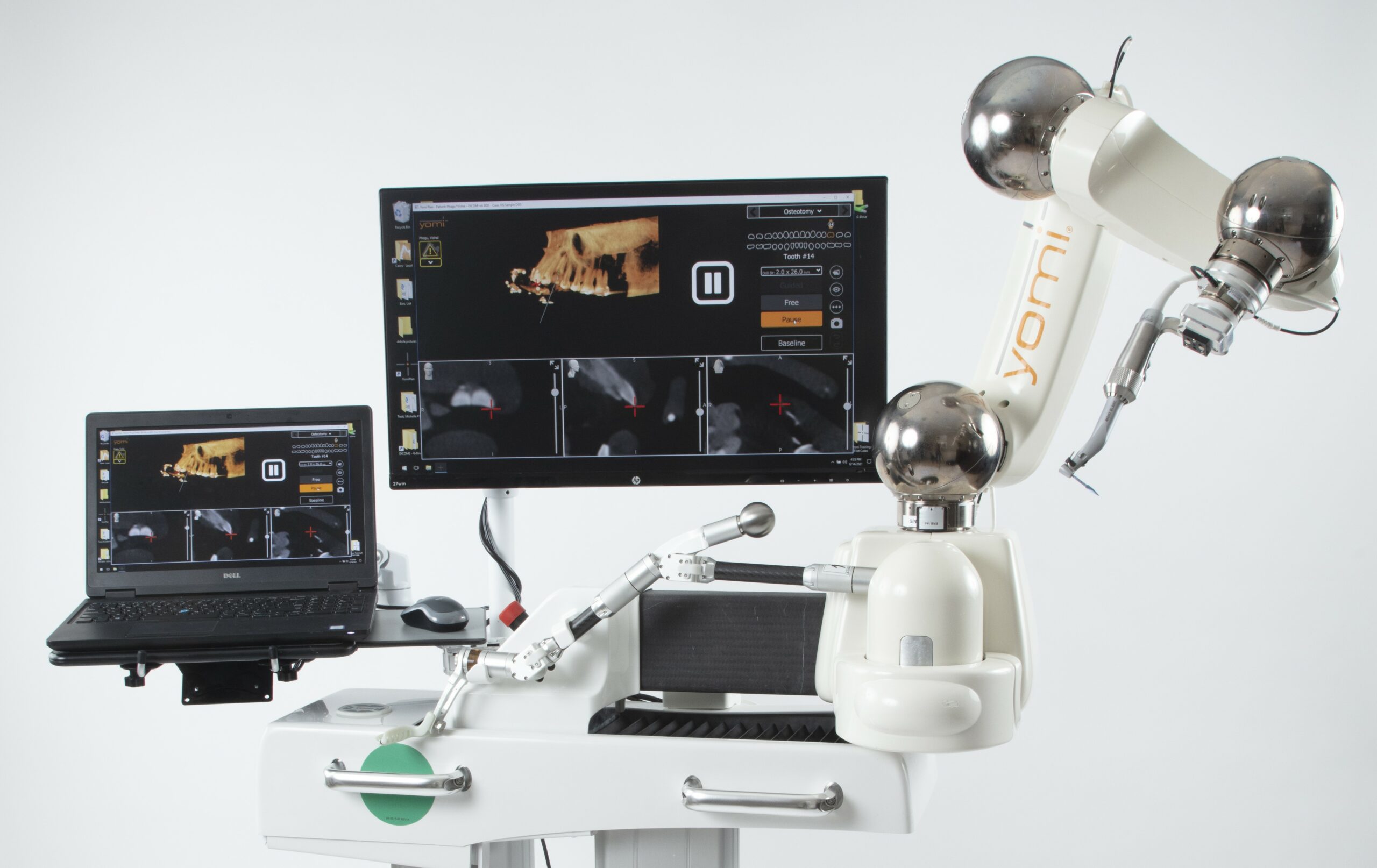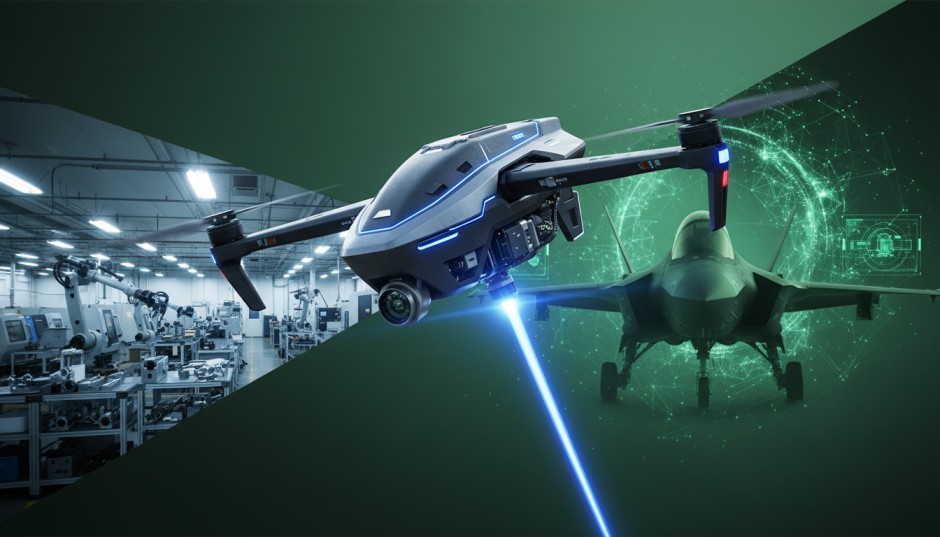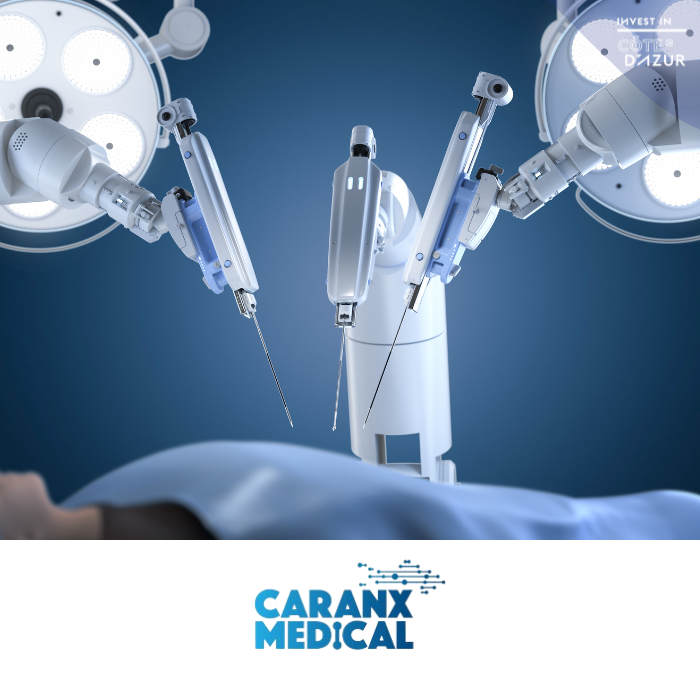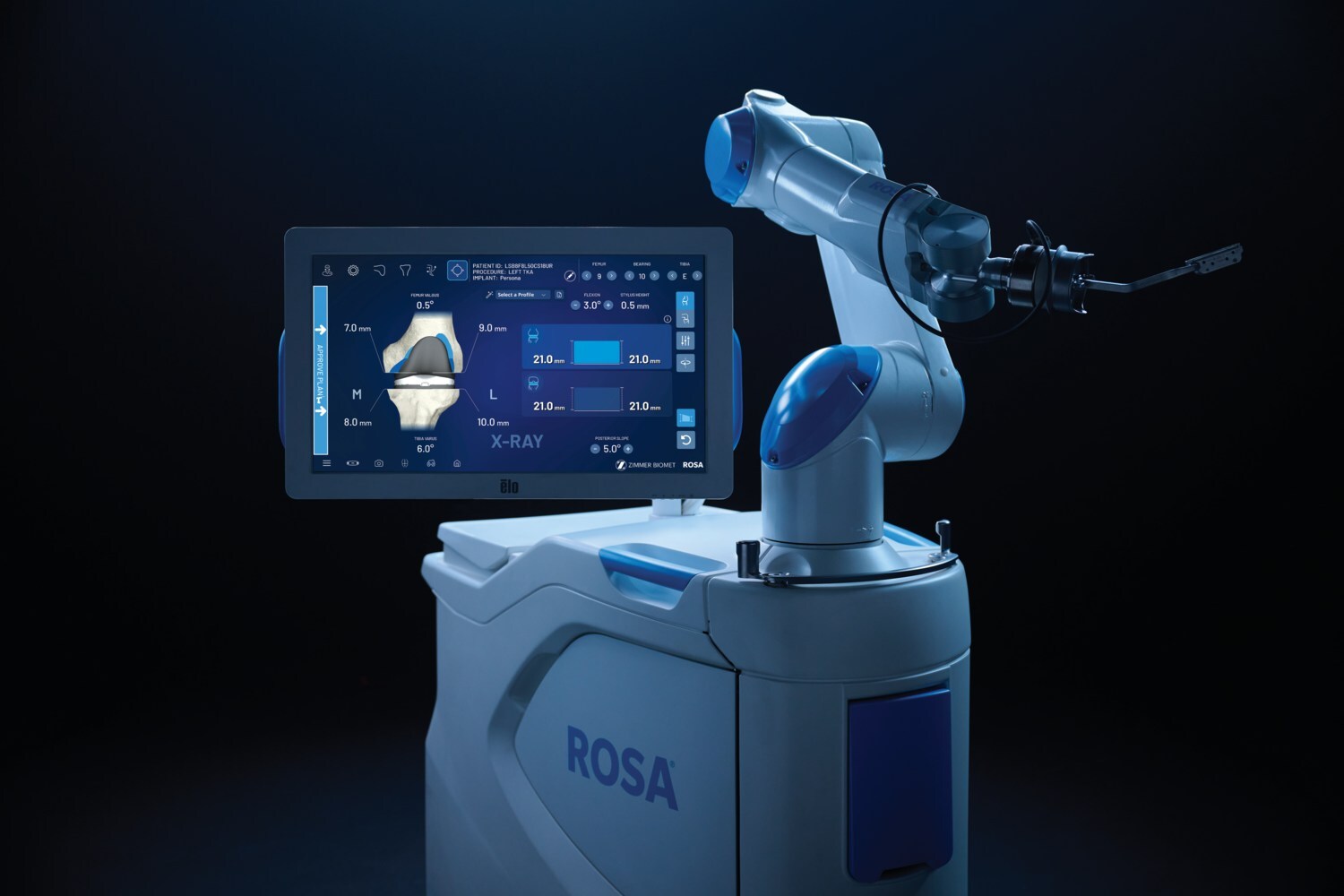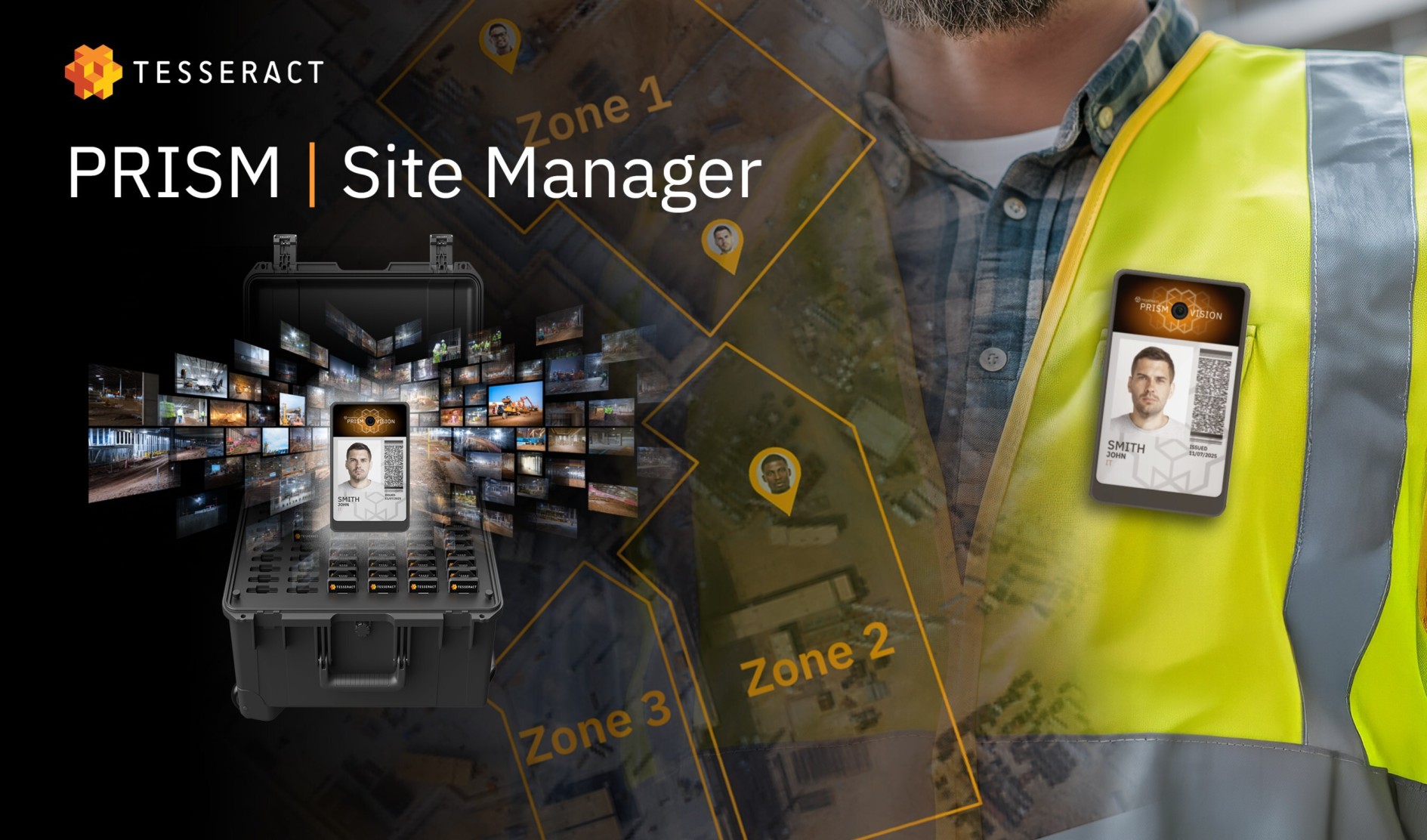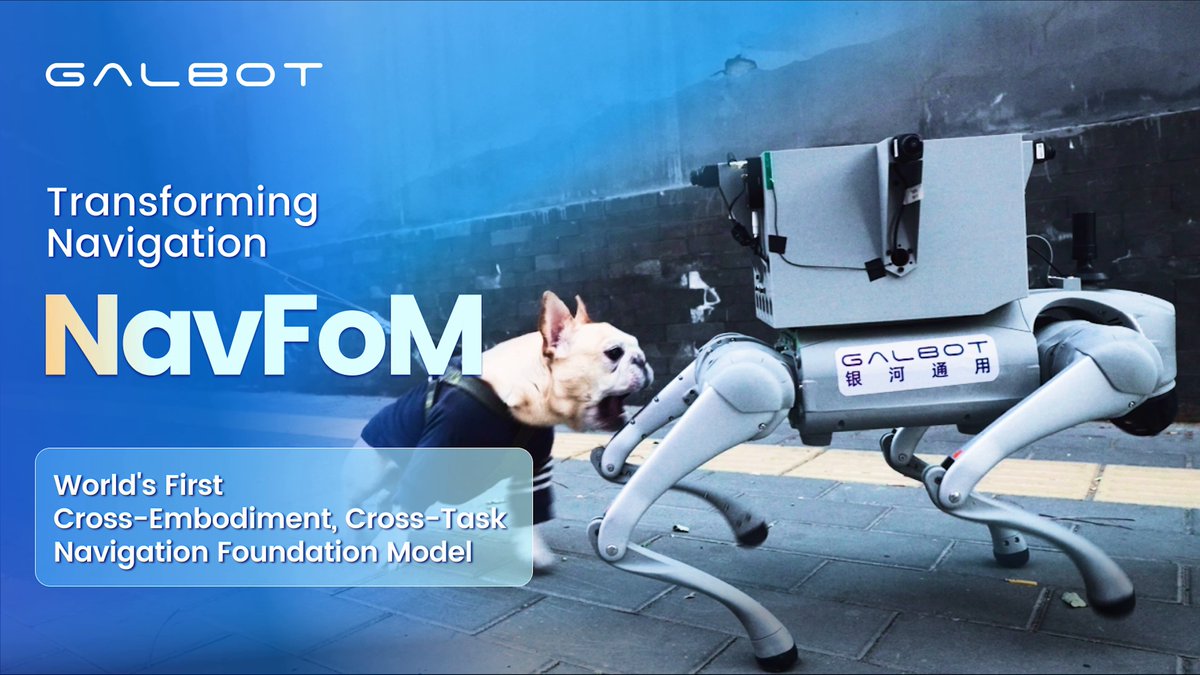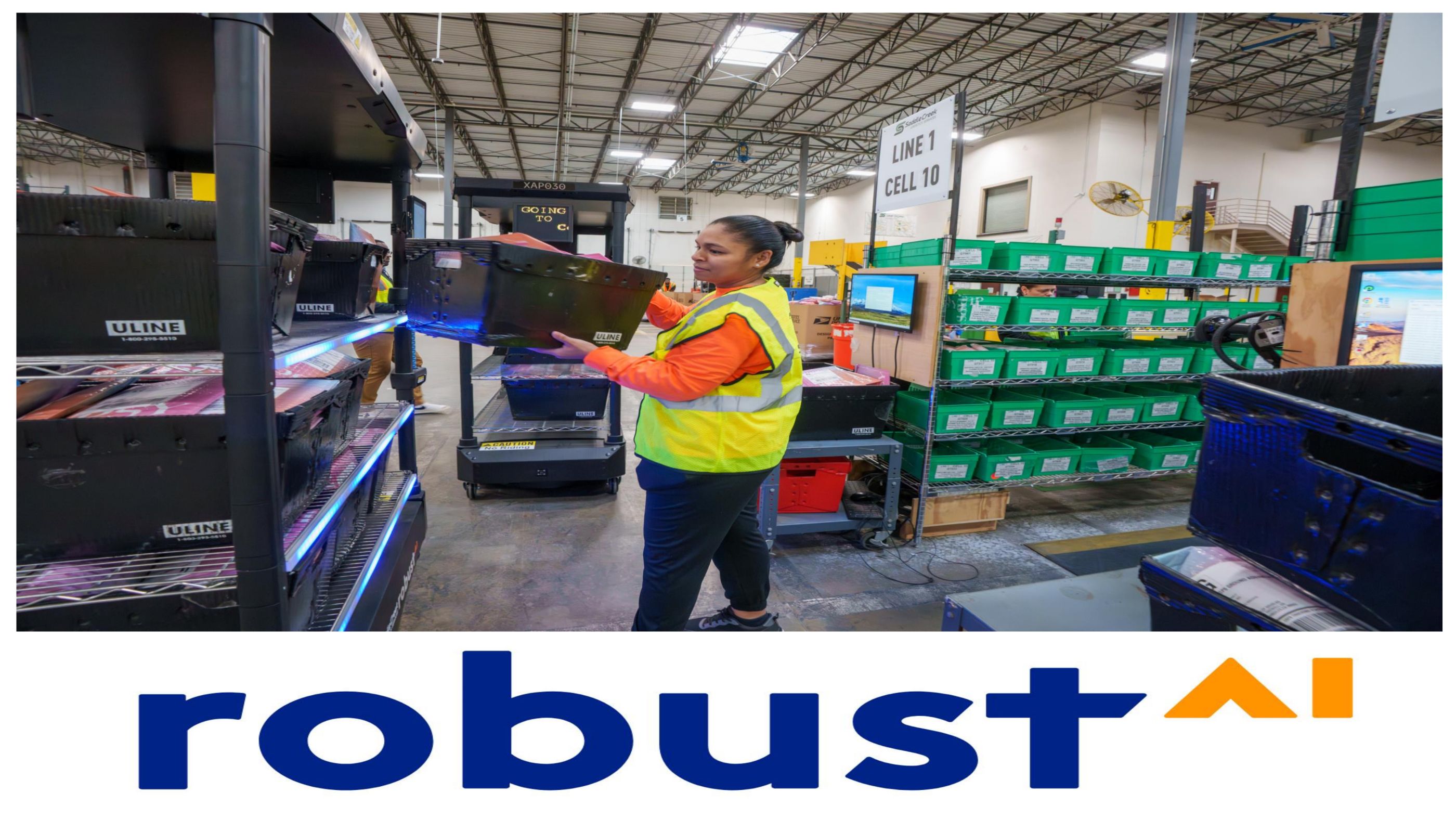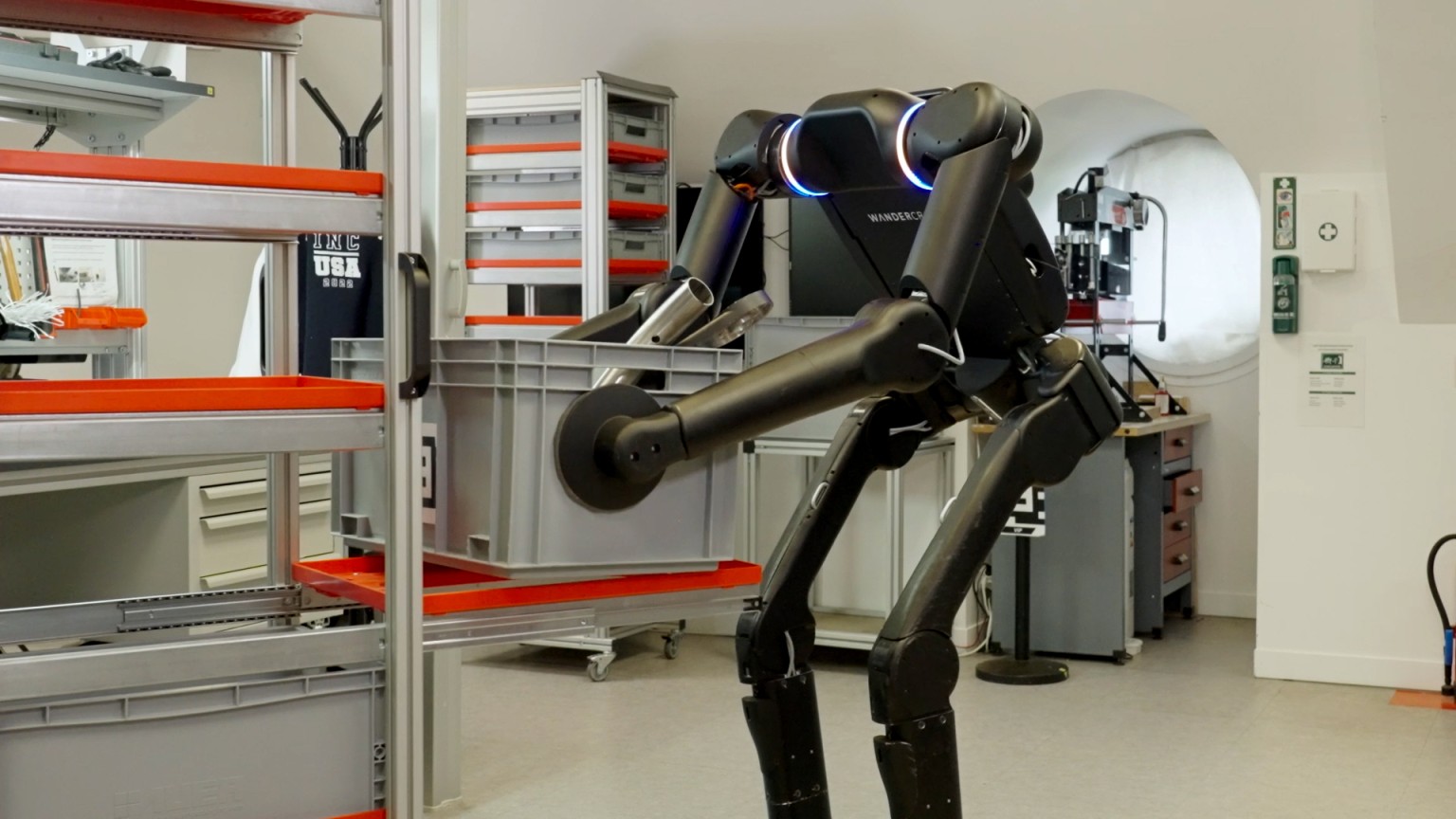“I've got videos of her doing all kinds of stuff,” Lyle said. “It’s very fulfilling to me to see her get that independence back and be just phenomenal.”
They decided to move to Texas after Segraves turned 18 so she could have better access to organizations like the Lone Star Paralysis Foundation, an Austin nonprofit that supports research, recovery and recreation for individuals living with spinal cord injuries.
Segraves and Lyle have been on all kinds of adventures over the past 12 years, many of them made possible by the Lone Star Paralysis Foundation. They’ve been swimming in Hawaii, skiing in Colorado and paragliding in Utah. For each trip they get matching tattoos, most often the destination's state flower.
“My journey with Lone Star Paralysis, but also with other stuff I’ve found, helped me realize I can do pretty much anything I want to do,” Segraves said. “It’s just different.”
They’re heading to California this month to celebrate Segraves' birthday. They’ll see the Redwood National and State Parks before heading to Temecula, where they’ll ride in a hot air balloon.
Segraves plans to keep going on adventures; she hopes to go skydiving one day, though she thinks she’d prefer to “work her way up to that” by going parasailing first. She also hopes to visit as many U.S. national parks as she can.
Lyle said she’s careful to remember there’s a fine line between being supportive and doing too much. She was glad to see Segraves live with a roommate in Austin for six years before she began living with Lyles and other family members in 2018. She also helped her daughter buy an adapted car.
“I try to remember — because there’s a mommy side of me who wants to do things and there’s an adult side of her who’s independent — she does not need me to do anything for her,” Lyles said.
At the same time, Segraves said she’s grateful her mother has always been such an important part of her life.
“It means everything to me. I enjoy being independent, of course, but her help and support and love allows me to be who I am,” she said. “To live my life with her by my side — as well as by myself — is so important to me.”
Searching for therapy
Segraves has also focused on helping improve the lives of others living with spinal cord injuries.
Before the COVID-19 pandemic, she participated in a study, which Sayenko led at Houston Methodist, that focused only on spinal stimulation. She quickly said “yes” after Sayenko’s team reached out to her again to gauge her interest in the current study.
Sayenko has been working with robotics since 2016, but he said enthusiasm for the technology has faded recently. Scientists have been unable to identify a therapeutic benefit for patients. And robotic technology has limitations, such as a high price tag and the inability to use an exoskeleton outdoors.
Sayenko and his team are trying to determine if there could be a therapeutic benefit for patients by combining the technology with electrical stimulation. The idea is to quantify the muscle activity that is used to stand and walk in an exoskeleton.
The pilot study is expected to include a total of six participants, each of whom will take part in two or three session per week for 15 weeks. Segraves was the second participant and finished her sessions last month.
Spinal cord injuries are essentially a disconnect between the brain and muscles, but there is a faint connection that remains in most patients, said Catherine Martin, a senior physical therapist who is part of Sayenko’s team.
The electrical stimulation helps to amplify the signals that are being sent from the brain to the muscles.
“There are still connections that are there,” she said. “Our goal is to hopefully engage some of those connections that are going through the spinal cord that are not injured, or are maybe injured and impaired and are not being efficient with their signal.”
For Segraves, the electrical stimulation was delivered through electrodes that were placed at different points on her spine.
At the same time, she helped to move the exoskeleton by shifting weight to her hips. Putting weight on her left hip would move the right leg, and vice versa.
“Although I understand that most of the work is being done by the robot, it is still very exciting to see [study participants] being able to do this,” Sayenko said.
His team arranged the electrodes in different patterns and changed the frequency and intensity to measure different reactions. They also measured the level of force she was using to move the exoskeleton.
The research won’t have any short-term benefits for patients like Segraves. The hope is that the data will lay the groundwork for more research as scientists try to identify therapeutic benefits to the technologies.
Segraves knows progress will be gradual, but she’s grateful to be contributing to research that could play a role in improving quality of life for individuals living with spinal cord injuries.
“Being part of that is very exciting,” Segraves said. “I'm very proud to be able to help.”


